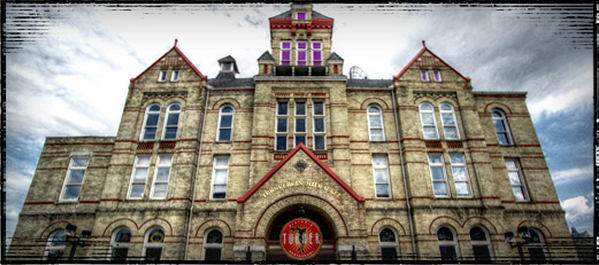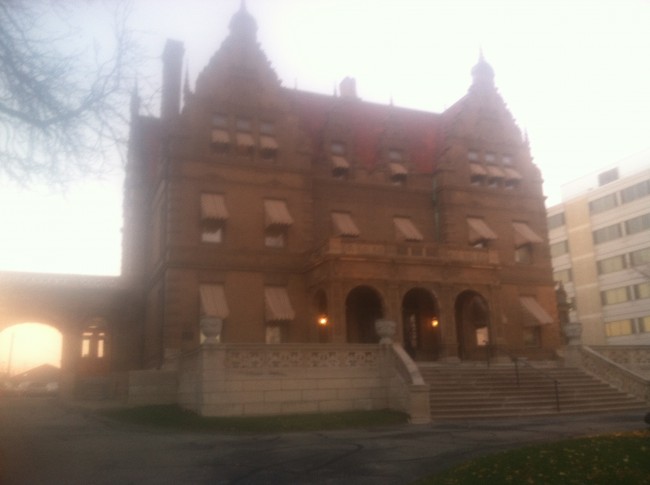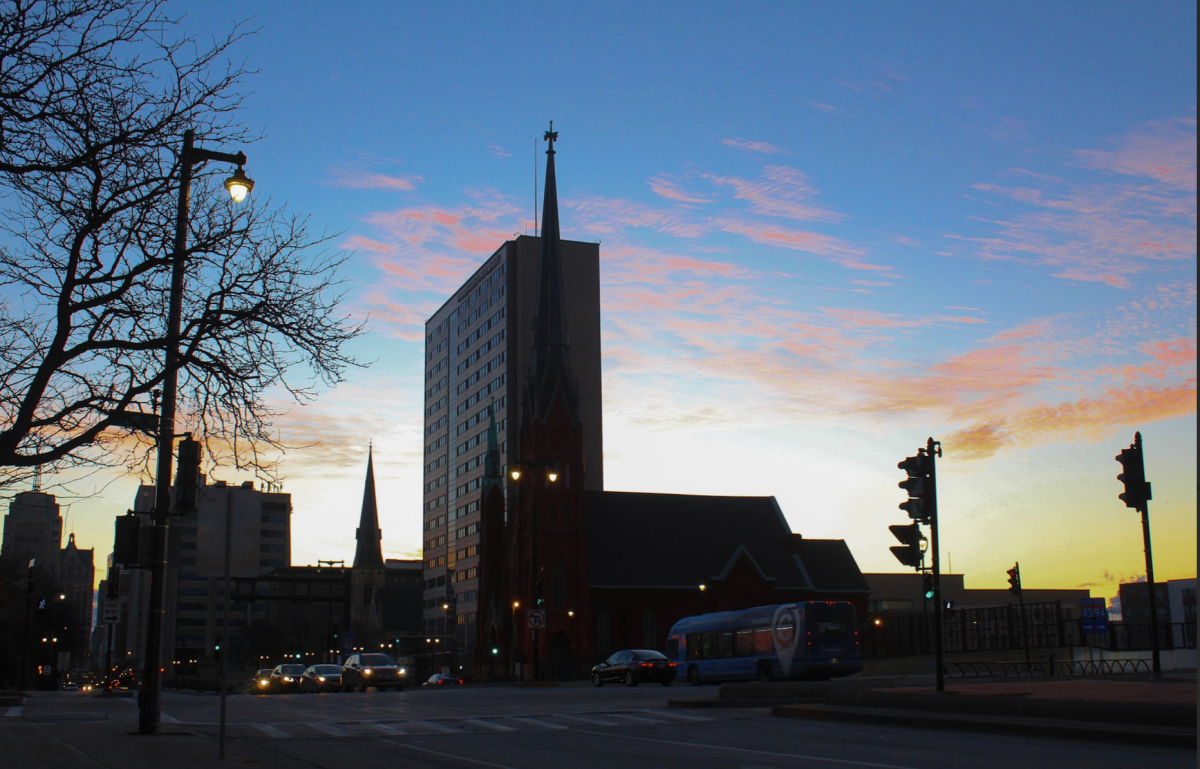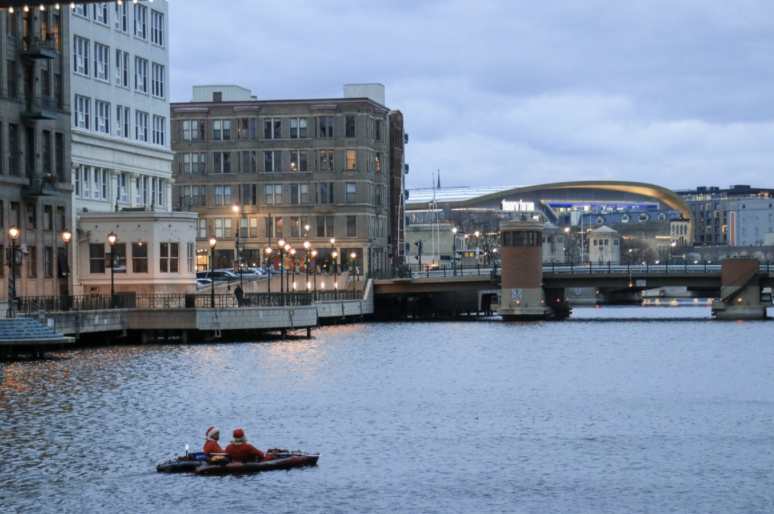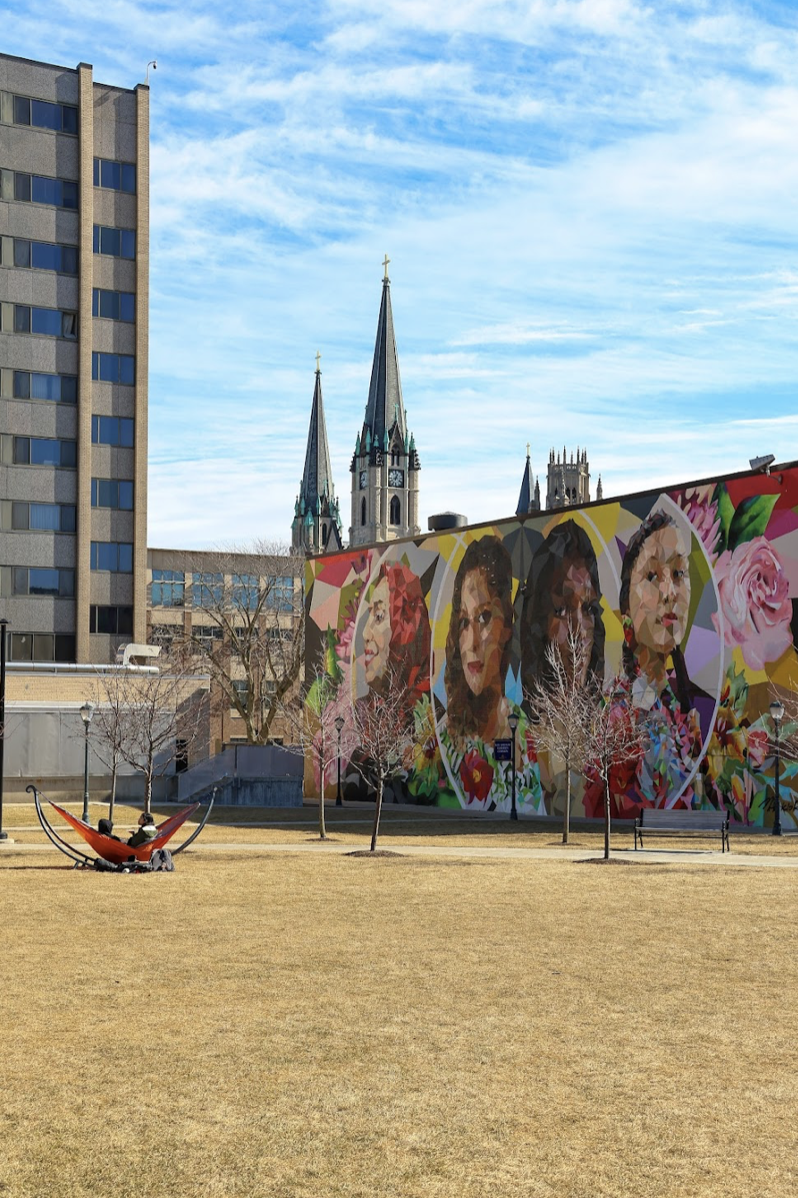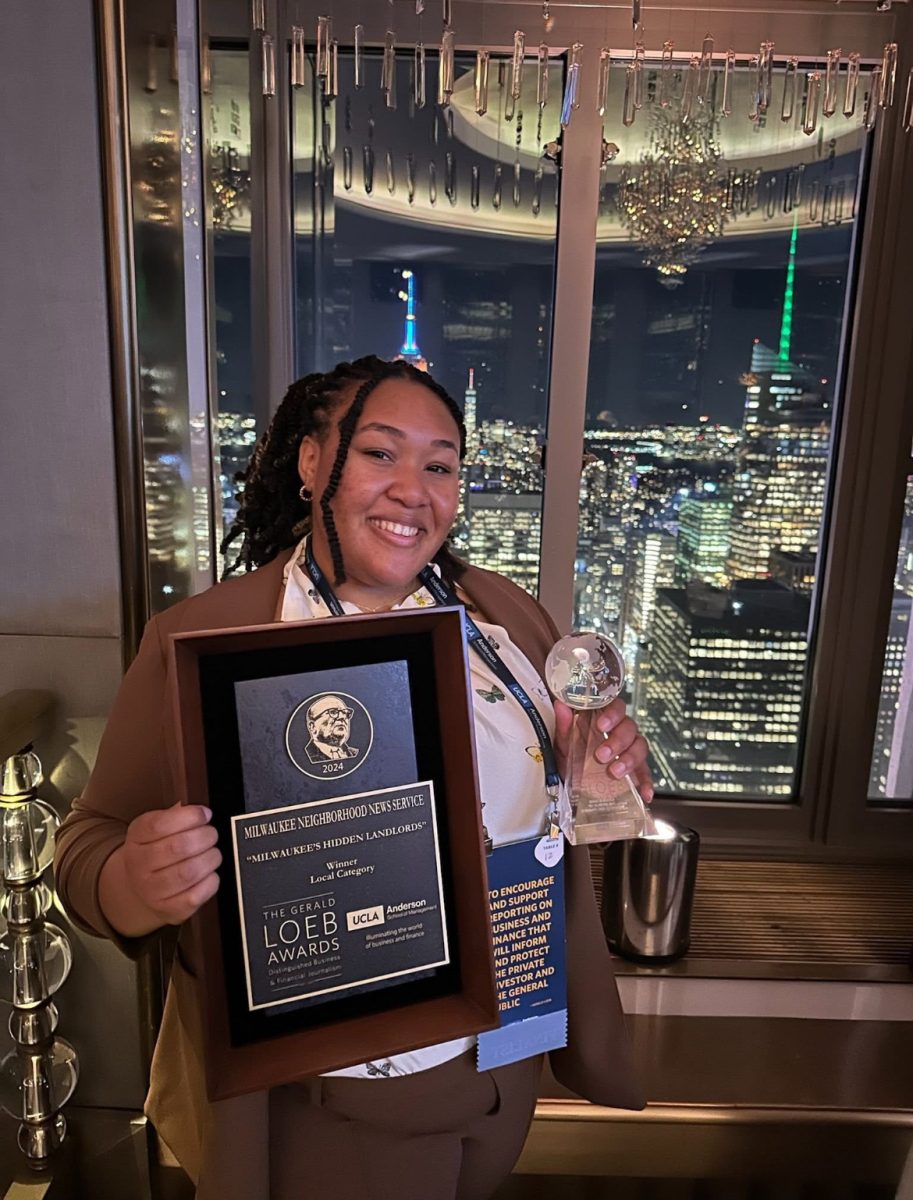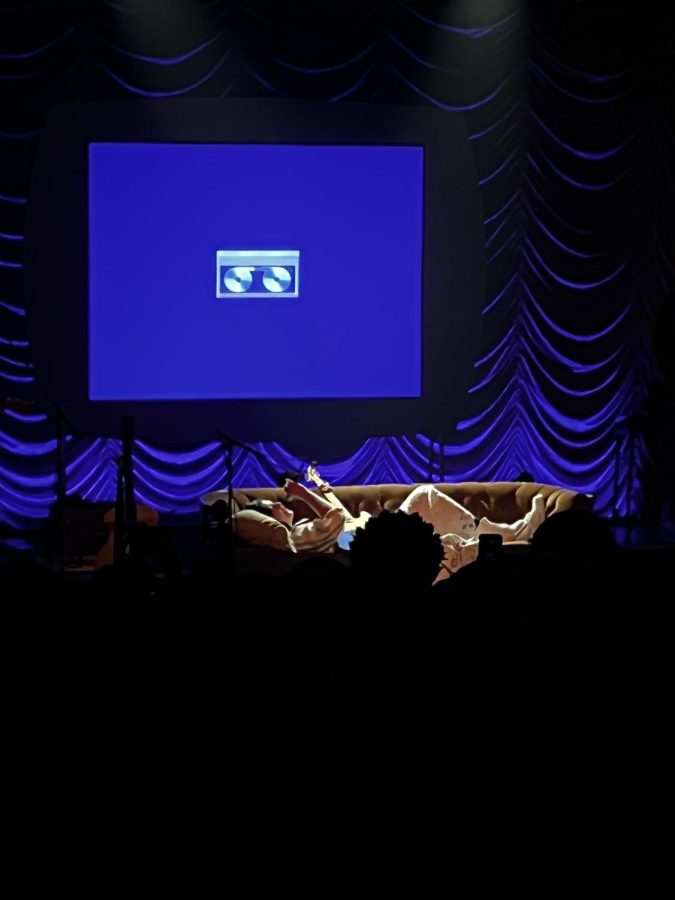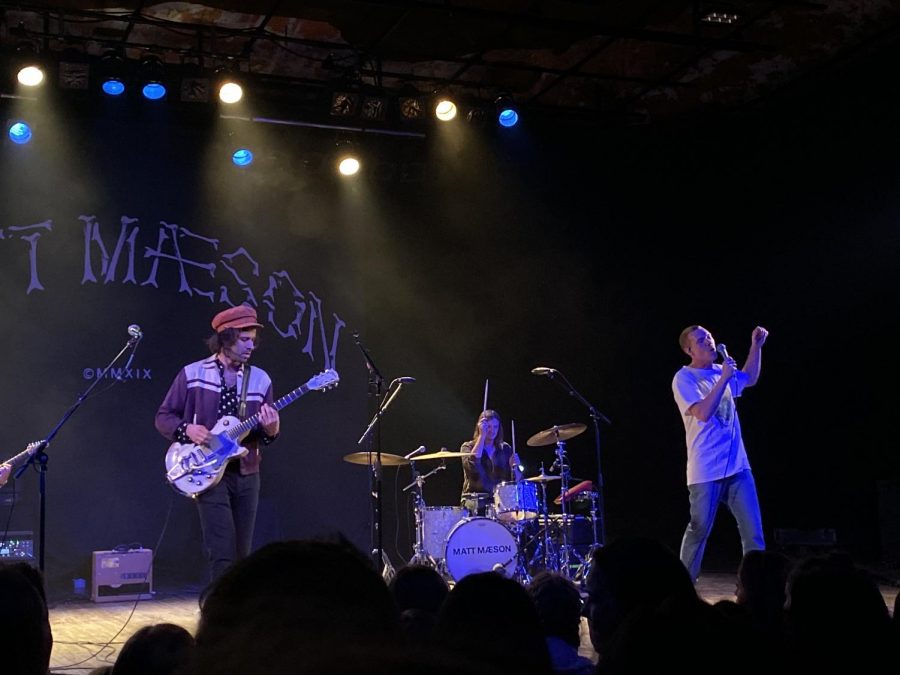Turner Hall may seem similar to other Third Ward buildings, but hidden behind the façade of cream city brick stands a restaurant, concert hall and gymnastic area that together have been a pillar in the Milwaukee community for more than 120 years.
History
The history of Turner Hall dates back to the original German Turnverein associations of the early 19th century. Turnvereins, translated as “gymnastics clubs,” were formed in Germany to prepare youth – both mentally and physically – for resistance to anti-democratic forms of government. When the liberal revolutions for a unified Germany sparked in 1848, the Turners lead the cause, only to be exiled in defeat along with 600,000 other Germans. They came to America as a result and continued their clubs in the “German Athens of America,” presently known as Milwaukee.
Among the notable social events for the German Turner family included having the first salaried physical education trainer in Milwaukee history, with George Brosius teaching at Milwaukee old 6th Ward School. The Turners were also personal bodyguards to Abraham Lincoln during the Civil War, as he viewed the Turners as especially loyal troops. The night before the famous Bay View Massacre, which killed seven people, the Turners hosted a rally for mill-workers in the ballroom for shorter, eight-hour workdays.
Arcitecture
Milwaukee Turner Hall was originally constructed and finished by Henry H. Koch (builder of the Pabst Theater and City Hall) in 1882. The goal was to give residents an exercise in a “Sound Mind and Sound Body,” which became the Turner motto. The German Turners wanted a building with a gymnasium to work out in and a ballroom to discuss social issues, believing that the ideal citizen was someone who worked on making themselves smarter and healthier. The current usage of the building very much adheres to the original purposes of each respective locale.
The lower level features a bar and restaurant with many of the paintings and murals from the original beer hall. The paintings represent 19th century beliefs that the Turners held. Among the notable motifs in the paintings are owls and dumbbells representing wisdom and strength, respectively. Behind the restaurant is a gymnastics area and rock climbing wall. The gym is now used to teach not only gymnastic classes, but but yoga, fencing, and hooping as well.
The second floor is where the two-story ballroom can be found. The initial importance of the ballroom was for discussing social issues of the time, such as women’s suffrage and worker rights. Fires in 1933 and 1941 added a layer of intrigue to the somewhat burnt plaster of the room, creating an unaltered, historic feel to the area. The ballroom is now used for sporting events and concerts.
Takeaway
I think Turner Hall can be a place for Marquette students to experience multiple times. From the food perspective, Turner Hall is known for its excellent Wisconsin walleye and perch fish frys. On a Friday night, it would be a great place to stop for food before heading down to Old World Third Street for drinks. If music is more to the student’s liking, they can check here for information on upcoming shows in the ballroom. If the student is interested in getting in shape, they can check here to find out information on joining classes.

